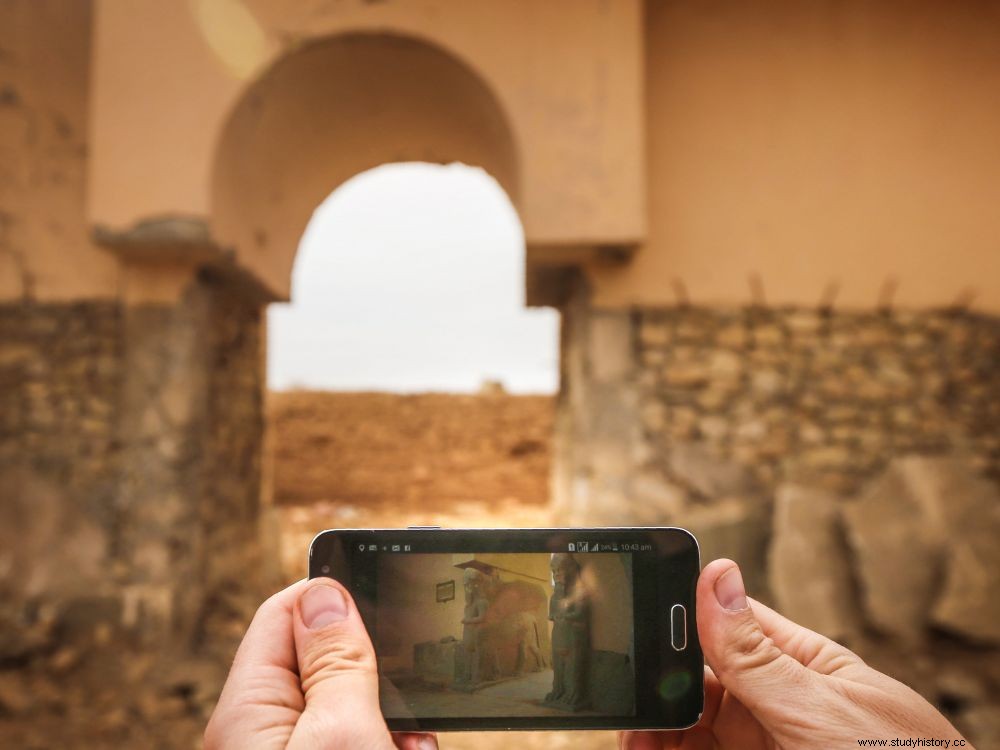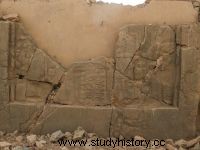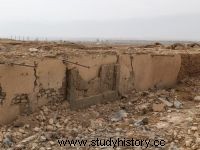AFP photographers were able to report the first pictures of the destruction of the archaeological site of Nimroud in Iraq.

Photo taken on November 15, 2016, shows on a phone screen the entrance to the Nimroud site before its destruction by Daesh.
HERITAGE. This time there is nothing left… No more traces of bas-reliefs, no more androcephalous winged bulls, no more centuries-old remains of the palace of Assurbanipal II (883-859 BC). Only heaps of broken stone blocks... Nimroud, the ancient Kalkhu, a famous ancient city of 360 ha located 30 km south of Mosul (Iraq) was razed by Daesh [Arabic acronym for the Islamic State, EI]. Literally bulldozed and blasted by the terrorist group. Liberated by the Iraqi armed forces on November 13, 2016, the second capital of the Assyrian Empire (9 e century before our era), on the east bank of the Tigris, had already suffered the devastating assaults of Sunni extremists last year. Thus, in March 2015, the appalled world had watched, helpless, the live destruction of Mesopotamian works in a video posted online. Since the archaeological excavations at the beginning of the 20 th century, and the restorations undertaken since the 1970s, Nimroud had succeeded in preserving, despite the first deteriorations recorded in 2003 following the fall of the regime of Saddam Hussein, archaeological remains, as shown by satellite images. Photographers, who were able to reach Nimroud in the wake of the liberation of Mosul, brought back terrible images. After Palmyra in Syria and its pulverized temples, Nimroud the Iraqi is nothing more than a field of ruins. A criminal action voluntarily intended to provoke emotion in Western public opinion, as explained to us in March 2015 by the historian Pierre-Jean Luizard, research director at the CNRS, specialist in Islam, and author of "Le Daesh trap. Another war crime. Let us recall that the cities of Hatra and Khorsabad, capital of the empire of Sargon II (722-705 BC) to whom Sciences et Avenir devotes an article in its November 2016 issue, are still in the hands of Daesh. Questions related to the destruction of heritage will also be addressed during the exhibition "Eternal Sites, from Bamiyan to Palmyra" at the Grand Palais in Paris, from December 14, 2016 to January 9, 2017.
IN IMAGES, IN PICTURES. The destruction by Daesh of the archaeological city of Nimroud, in Iraq



